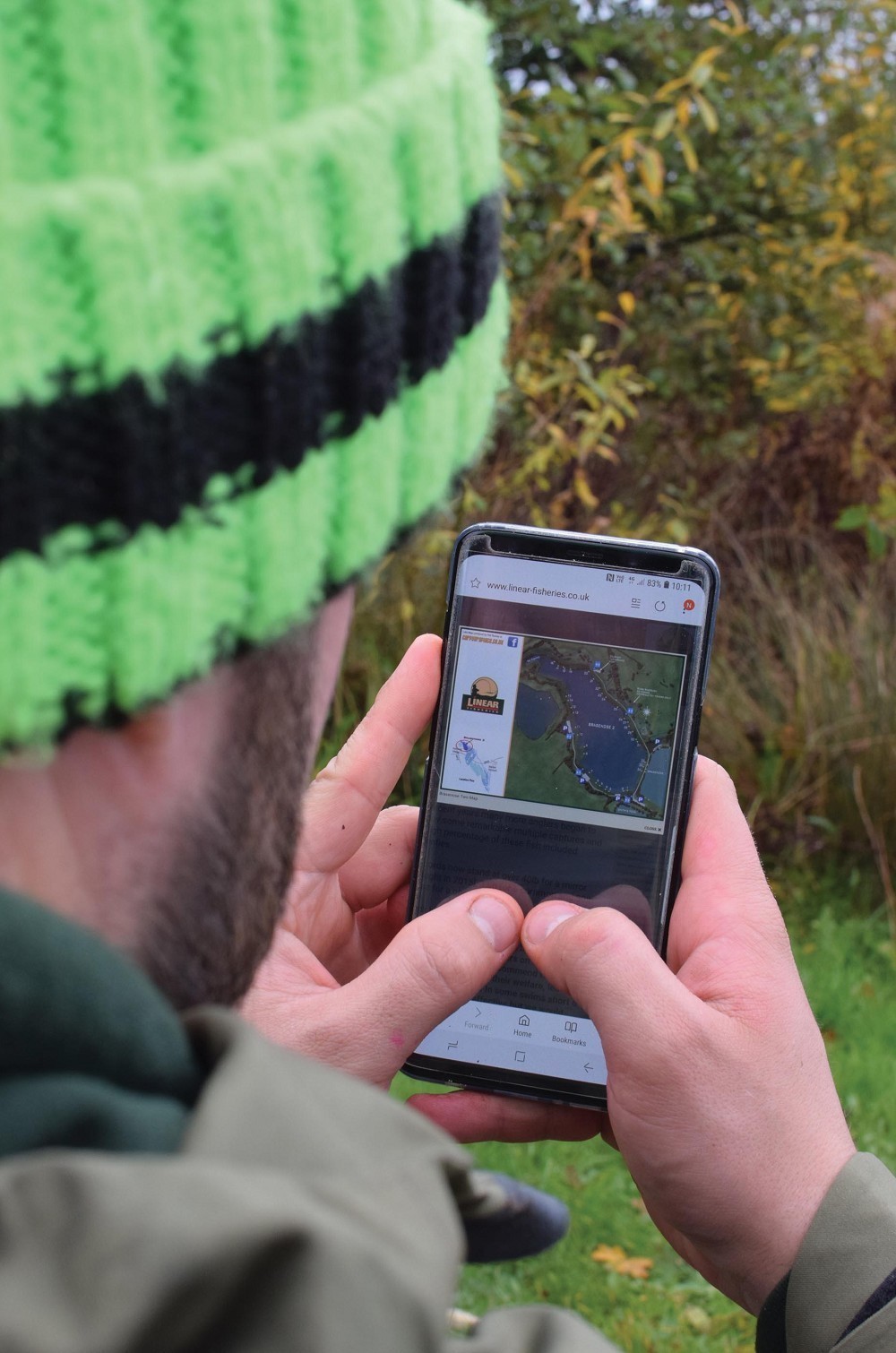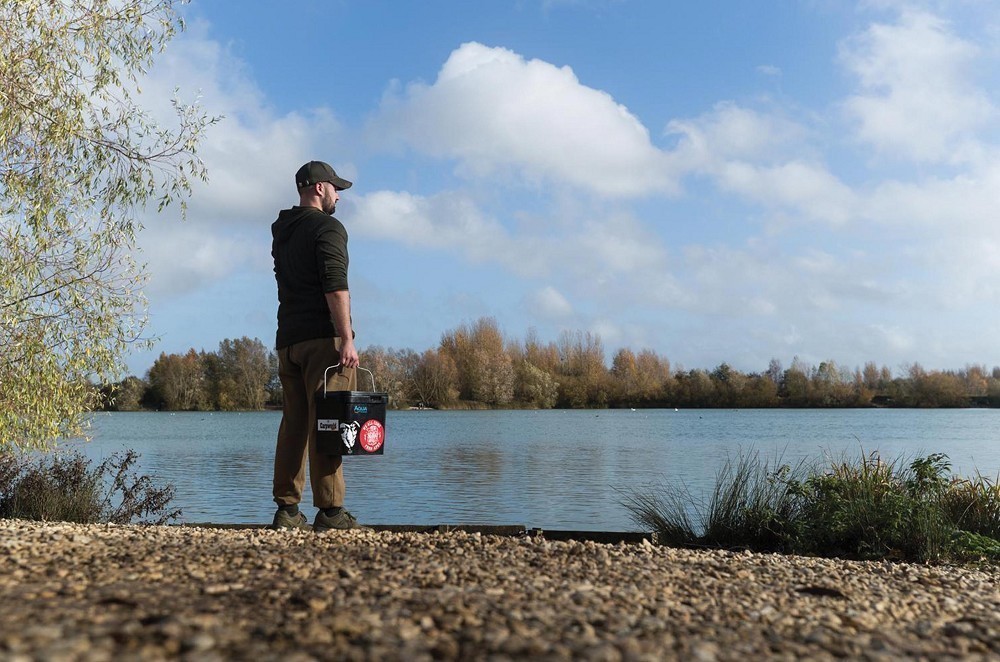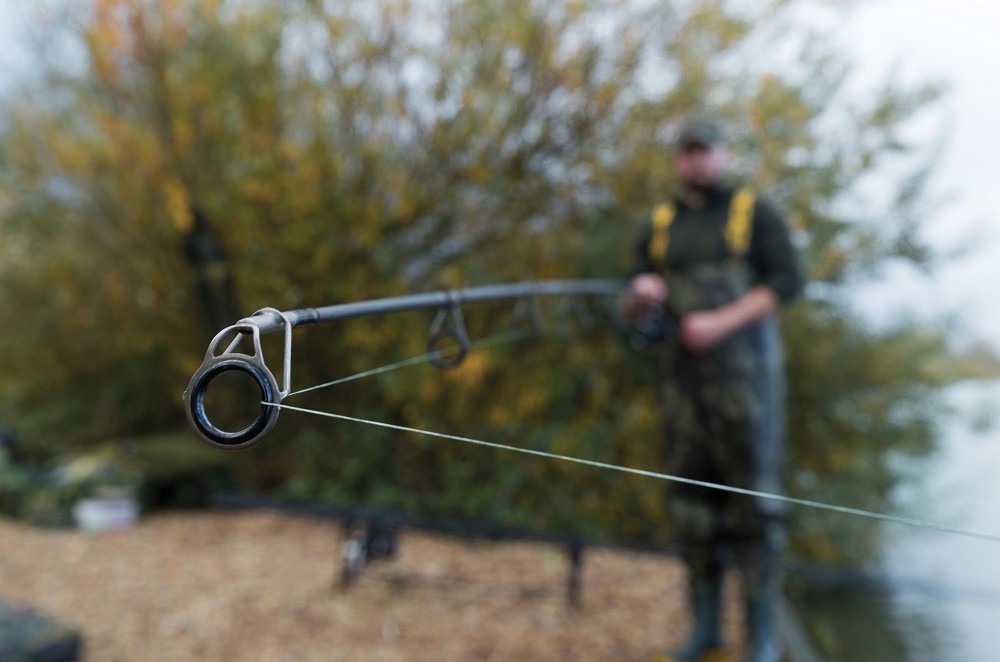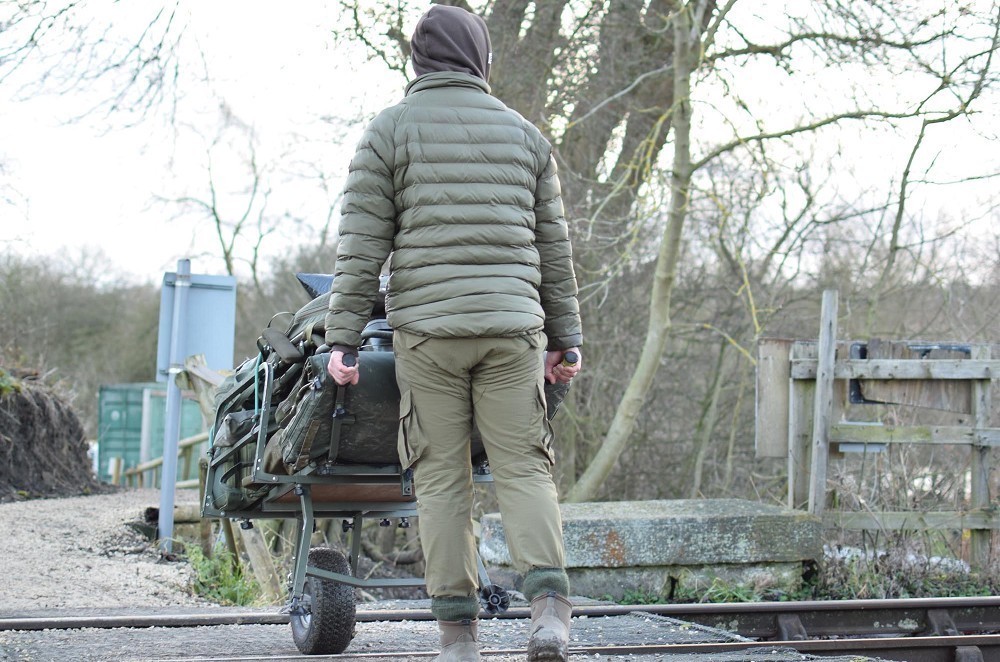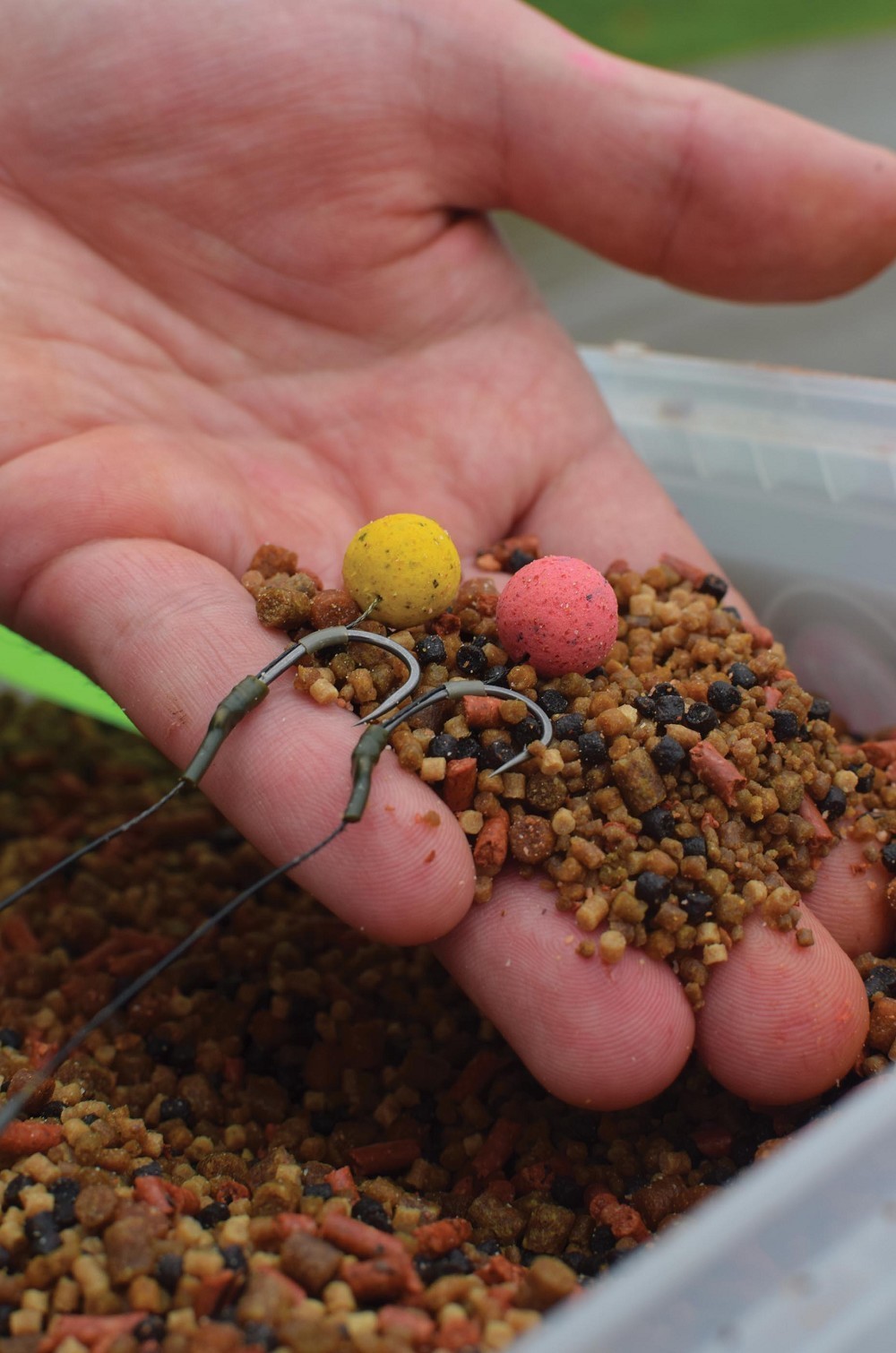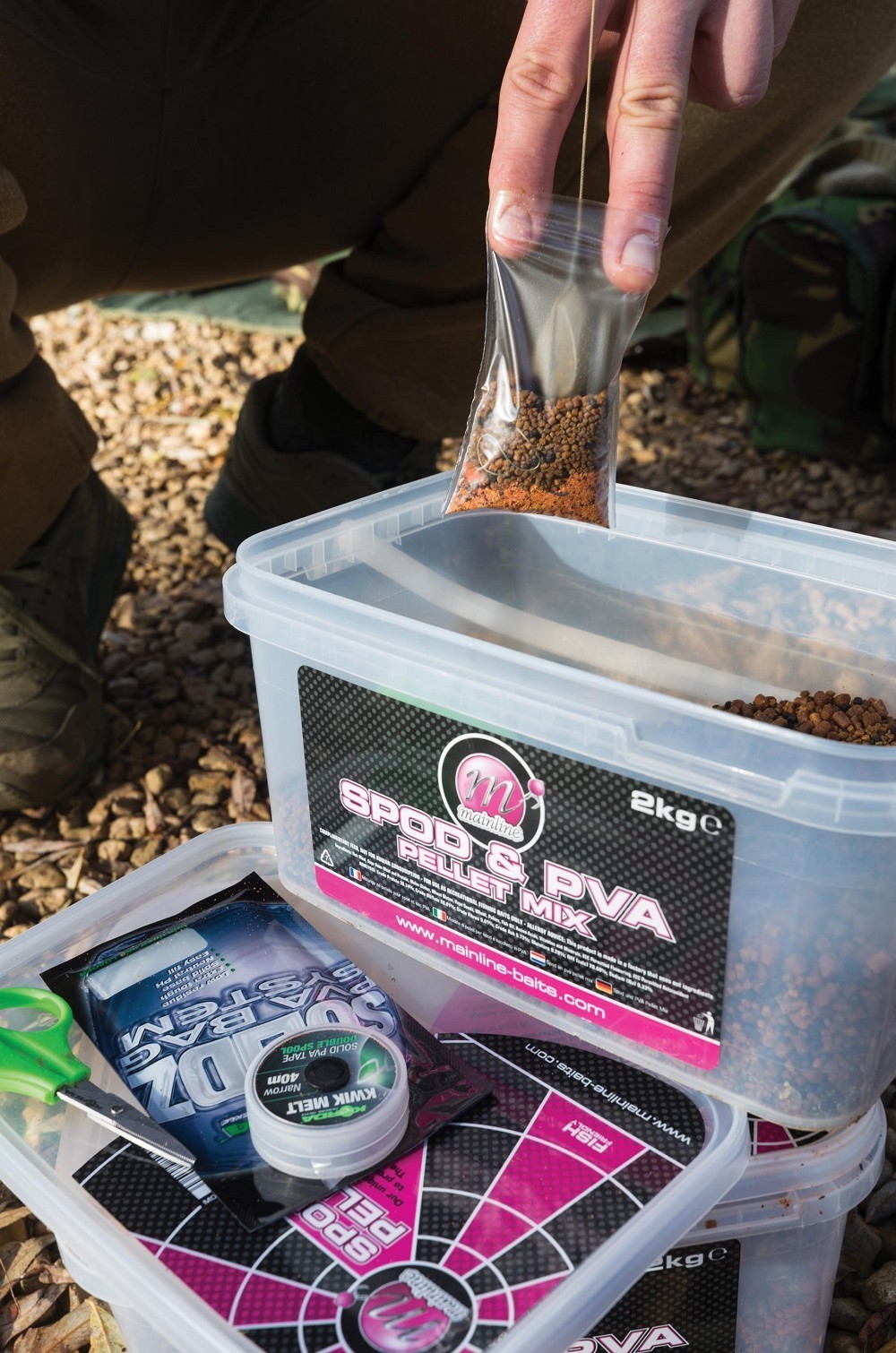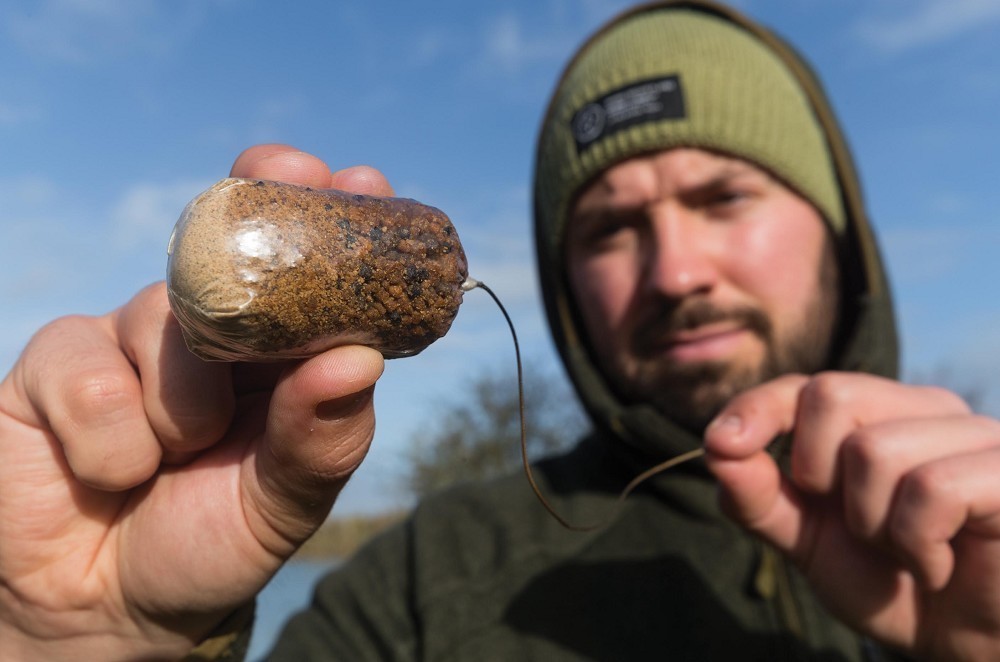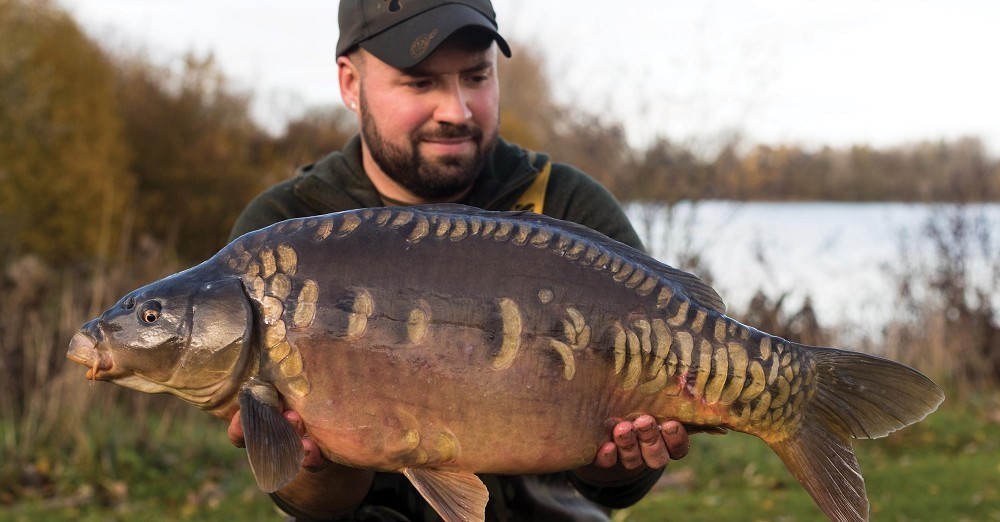
What I've learnt from 25 open-access venues
Loz East talks us through how he approaches our busiest venues...
Over the years you gain knowledge and experience through fishing different types of venue and there are certainly a few things I’ve had to adapt and change when targeting busy ‘open access’ waters.
Tip Number 1: Preparation
Most anglers’ sessions start the morning they’re due to arrive at the lake, but one of the things I’ve learnt over the years is the importance of preparation and research. It goes back to that old saying: ‘by failing to prepare, you are preparing to fail’ and in carp fishing, this couldn’t be closer to the truth. The week leading up to my session - regardless of which venue I’m heading to - I go through the same routine. Firstly, I’ll keep an eye on any social media accounts that post regular updates, whether these relate to the venue itself, or are those of anglers I know that fish the lake. The main reason for doing this is, for example, if I’m going to Linear Fisheries, there are several lakes on site and by keeping an eye open you can build up a picture of which ones are producing fish, and this gives me a good starting point on arrival. The second thing I do religiously, is keep an eye on the weather, not only leading up to my session, but what it’s going to be doing during my stay. This can also give you a mental picture of where you might consider starting the session or what tactics you think might be worth a go. For instance, knowing the fish in St Johns at Linear follow the wind, if we’re forecast big southerlies with low pressure, I’d consider any swims available on the windward bank my first port of call.
Tip Number 2: Location
It goes without saying that location is probably one of the most important aspects of carp fishing. You can have the most effective rig in the world, or that special ‘wonder bait’, but if there aren’t any fish in front of you, regardless of what tactics you employ, you’re not going to catch. When turning up at open-access venues you can be faced with anglers occupying swims that potentially, have a lot of fish in front of them. My biggest advice in this situation is firstly, use your eyes (your best weapon) and find a few fish. If the swims are occupied, then have a quiet word with the anglers and find out when they’re due to leave. Several times over the years, I’ve waited for hours, before then jumping in after someone and then going on to catch. It’s worth waiting for a decent swim, rather than settling on somewhere that’s free, but devoid of carp. Being proactive and getting on the fish can be the difference between catching during your session and blanking.
Tip Number 3: Spots
Once you’ve located the fish and you’re settled in your swim, the next big factor is finding a suitable spot to fish. It’s no good doing the hard work, but failing at the last hurdle by not fishing the swim effectively. Often on these types of venues, anglers will look for the clearest possible spot to present their rigs on, and this is great if you’re after that quick bite. Over the years though, the fish have seen this tactic day in day out, and they often wise up. My approach is to try and find a spot which is a little less clean and ‘blatant’ if you like, and one where I’m still able to present a rig perfectly on, or perhaps in silt. What most people might fail to appreciate is that a carp’s natural food lives within silt and weed… why not present a rig there? Often, a clear spot is made so by fish feeding on that area, which was probably covered in silt and naturals to start with.
Tip Number 4: Thinking about the next bite…
One of the biggest differences I find, between catching odd fish and catching several during my sessions, comes about by thinking about the next bite. This is a mindset that most match anglers have. You’ll see them feeding their swims whilst playing a fish; why should carp fishing be any different? Once I’ve landed a fish, the first thing I’ll do is secure the carp safely in my landing net and unhook my rig from the quick-change swivel. I’ll then clip my fishing rod back up to my spot, before attaching a fresh rig (which I’ve prepared in advance). It’s then a simple case of casting the rig back out onto the area before putting a few more Spombs of bait over the top. The fish you’ve just landed is caught; you can take your time weighing, photographing and enjoying the moment once you’re back fishing, because you never know when your next bite could be. Often on these venues, the carp are ‘pack’ fish and when you get them feeding on your spot you can get several takes in quick succession, so you have to make the most of ‘bite time’.
Tip Number 5: Bait
It goes without saying that you can’t catch a thousand pounds of fish on ten pounds’ worth of bait, and with the prolific stock of carp these venues tend to hold, you’ll need to make sure you have plenty with you. You can always take the bait home if you don’t use it, but if you haven’t got it and the fish feed heavily during your session, you really are going to decrease the number you’re likely to catch. I like to prepare my bait a few days before my session, so I know exactly how much I’m likely to have. A tip from me: go to your local supermarket and buy the bags of frozen sweetcorn and tins of chick peas. Also, take along some of the Mainline particles and pellets, as you can always bring home what you don’t use. Another tip: if you add liquid such as hemp oil to the mix, it’ll preserve the bait and again, you can bring any leftover mix home and freeze it for future sessions.
Tip Number 6: Keeping Mobile
Quite often when anglers arrive at a busy lake, once they’re in a swim and set-up, they’re reluctant to move. On these types of lakes, the fish move around with the angling pressure and you might need to keep on your toes to stay with them. I go with the mindset that, at some point, I might have to move swims, even if I’ve baited up. It can be difficult to get yourself motivated mentally for this when you’ve spent good money on bait that you’ve just put in the lake! What you have to consider though, is that it doesn’t matter what bait you’ve put out there, if the carp aren’t in front of you, you’re not going to catch them. My preferred method when I first arrive and once I believe I’ve found the fish, is to use single bags for the first few hours. That way, if the fish do move, I won’t have invested too much time or bait in the swim.
Tip Number 7: Hi-vis baits
Highly visual hookbaits are a massive edge and play a huge part in my angling, regardless of the time of year. Having something bright down there can often be the difference in how quick you get a bite, especially when you’re fishing over bait or using solid bags. What I like to do at the start of my session is use three different-coloured hookbaits: a yellow (Pineapple), white (Milky Toffee) and pink (Shellfish and Black Pepper) for example. The reason I do this is, from experience, the carp on any given day may have a preference and by having three different colours out, if one starts to produce more than the others, you can quickly change all three rods to it. Not only are they a great way of making your hookbait stand out in your baited area, but if you see fish show in other areas of the lake, it’s a simple case of being able to cast a single hookbait at them, knowing that it will be highly visible and hopefully, produce a bonus bite.
Tip Number 8: Liquids
I’ve always been a huge fan of liquids, whether using them inside solid bags or coating my hookbaits and spod mixes with them. Throughout the warmer months, I like to soak my spod mix and inject hemp oil into my PVA bags. By doing this, you’re constantly sending food signals into the water column where the carp can spend most of their time. Usually, you’ll get a flat spot over your bait and bag when the fish are feeding on them. I also use Stick Mix Liquids to coat my spod mix on the day of my session. I don’t use it to soak into the bait like the hemp oil, I do so rather, to give my mix an outer coating of attraction. That way, when the bait falls through the water it’ll leave a trail directly above my spot and hopefully, it’ll draw the fish down to where my hookbait is.
Tip Number 9: Pellets
Pellets are a must in my opinion, when fishing these types of venues. Before the carp are stocked, they’re fed on a diet of pellets. It goes without saying then, that they might see them as a natural food source. By having a range of different sizes in your mix, they’ll give you different breakdown rates and this again means you’ll be giving off different levels of attraction at all times. I also make sure I use pellets inside my solid bags or, if I choose to use another rig, I’ll always attach a small PVA mesh bag of Response Pellets. Sometimes, when the carp aren’t feeding hard, by having a small mouthful of pellets near your hookbait, you can induce a bite out the blue, and that can be the difference between catching a fish and not. You can also add liquids to your pellets and my personal favourites are hemp oil and Mainline Meta-Mino Oil.
Tip Number 10: Solid Bags
The tips I’ve mentioned lead me nicely to the biggest edge of them all: solid bags. Not only are they presentable in most situations, but they leave you with a small parcel of food, just enough perhaps, to get you a bite. Whether you fish them on their own as singles - where you need to cast at showing fish - or you’re using three, tight together over your baited area, they’re deadly on open access waters. A great way to think about them is, when you either catch a fish or have just decided to recast, you’ll be leaving some residue of bait behind. This in turn means you’re regularly baiting your swim without even, the need to spod. When you make solid bags, it’s important to get them as compact as possible, because at some point you’ll need to cast them a considerable distance. To do this, I like to add a small amount of Hybrid groundbait to the bottom of the bag before loading the rest of up with Spod and PVA Pellet Mix. The main thing is to keep the bait you’re putting inside the bags small. As I’ve already said, I like to inject liquids into my bags for some extra pulling power and to give the carp something different to think about, and this method is certainly my number one, go-to tactic when I fish open-access waters.



